(Scientific achievement was taken advantage of for the purpose of war. ‘Special War’ was implemented in stead of ‘War on One Side Sink or swim. Implementing chemical war was the impasse of person who had a fever.)
1. Scientific achievements were noticed by the hawks
The white mixed with the blue on the cotton plants expanded to the horizon. Cotton plant was ready to harvest. To replace the thousands of the slave labors including the majority of American color women and children, the American used the cotton picking machine. However, the results were not expected since the cotton leaf always jammed the machine when operating and there were no solution for this issue.
The scientifics found the solution by inventing defoliant. With the appropriate dose and concentration, after few days of spraying, the leaves felt off. The green color of leaves disappeared and the cotton ball remained. On the field, there was white color of cotton ball. The operation of cotton picking machine was more favorable than ever before. Following this success, the ideas of using airplane to spray chemicals to kill insects that were harmful to plants appeared. In the summer of 1921, an experimental pilot, Lt. John Mhectady, was tasked to drive airplane DH-4 to spray arsenat to stop the disaster of grasshopper in Troy, Ohio. The experiment was successful. The US Department of Agriculture also used airplane to spray chemicals to kill pests in cotton fields and they obtained positive results (Extracted from the document "the Corona Harvest project in March 1970 of the Aerospace Research Institute of Aviation in Maxwell Air Force Base in Alabama).
Herbicides and insecticide for crops along with the defoliants were the inventions contributing to the promotion of Green Revolution.
These were the scientific achievements in the 20s, 30s and 40s of the 20th Century. The prospect that mankind would escape from famine were shown before the eyes of people.
However, Friedrich Engels said: “We should not entertain illusions about our victory against the nature. The nature will take revenge on US for every victory". The disadvantage of the invention of defoliants and insecticide did not take long times to appear. However, unfortunately, in this situation, the people with the view ‘means justify purpose’ took the main role in promoting early happening of the disadvantages of chemical invention that were useful for agriculture.
At this time, US troops were bogged down in the battlefield in Asia-Pacific. Based on the advantages of the forests and fertile soils of the tropics, the Imperial Army fought against fiercely, causing many casualties for the US military. With the desire to quickly master the battlefield where the US considered as the important place for the global strategy for the interests of the US, the American ‘hawks’ thought about using defoliates and substances that killed plant to destroy the sanctuary and food source of Japanese fascism. Dr. Charles Miranik under the command of Biological Center of US army disclosed that, in June 1945, the US Army prepared to use defoliates in the Pacific battlefield. But due to the fear of being denounced for implementing a chemical warfare, this plan was cancelled by the contemporary US Government. The achievements of the herbicides in agriculture had attracted the US military ‘hawks' for dark purposes. Even though being rejected by the contemporary US Government, they still did not give up using these chemicals for war purpose (On November 10, 1995, the UN General Assembly issued the dec¬laration on the use of the technical scientific advances into peaceful purposes and for the benefit of humanity, in which it has the provision; “8. All countries should implement effective measures, including legal means, to prevent and eliminate the use of the achievements of science to harm the fundamental freedoms and human dignity.). Twenty years later, in the late 1960s of the 20th century, the situation of bogging down of the US in Vietnam battlefield was an excuse, which could not be missed for the American ‘hawk’ to urge the US authorities to conduct a chemical warfare in the South of Vietnam.
The failure of the the strategy ‘War on One Side’ in which the American and Diem, in all aspects, were both in the upper-hand (At this time, the army of the Republic of Vietnam was rated by the US as the most modern militaries in Southeast Asia countries. The ratio of quantity of South Vietnamese troops to the quantity of North Vietnam troops was 20 to 30:1. In Malaysia, the ratio of quantity of British troops to those of Malaysian insurgents was 10:1.At this time, the army of the Republic of Vietnam was rated by the US as the most modern militaries in Southeast Asia countries. The ratio of quantity of South Vietnamese troops to the quantity of North Vietnam troops was 20 to 30:1. In Malaysia, the ratio of quantity of British troops to those of Malaysian insurgents was 10:1.) had made the policymakers in the US worried. The failure of the ‘War on One Side’ meant that the failure of the policy, in which the US used strength in international relations was not due to the countries that had potential of military, economic, and politic or a formal and combative army. On the contrary, it went failure before the consensus power in the Dong Khoi rebel with the primitive weapons but with the top hatred for the ones who was under the title of human right and democracy to brought criminal action against human right and democracy.
The failure of ‘War on One Side’ meant that the levee to prevent the development of the Communism movement that the US spent money and fortune to erect parallel 17 started sinking. The Americans feared a surrounding fall in accordance with the Domino doctrine.
The failure of ‘War on One Side’ had set out the current risk, in which the American would lose the Indochina as they lost the Chinese mainland in 1949. Under the view of the American politics, this would influence the strategic interests of the US not only in Indochina but also in the Asia- Pacific.
These were the real reasons why the Kennedy, Johnson, Nixon changed the war strategies (The war ofthe US in Vietnam lasted 222 months through 5 presidencies, changing four times in war strategies, including the 'War on One Sidei the 'Special Warl the 'Local War' as known as Americanizing the war, and the 'Flexible Reaction as known as Vietnamese war as known as changing the color of corpses; changing commanders four times,changing ambassador extraordinary and plenipotentiary 8 times, mobilizing up to 70% of the army with 6.6 million American soldiers to fight in Vietnam, 60% ofthe air force, which had 46% of B52 bomber, 40% of naval ships, and 15 on 18 aircarriers.) four times and continued to implement incomparable chemical warfare (See appendices 2 and 3: Summary ofthe history and the happening of chemical warfare conducting in Vietnam (from page 253 to page 263)) in a history of the chemical wars in the history of mankind in terms of length of time, scope and subjects of the destruction.
2. Sink or swim - An adventurous and reckless decision of the US government
In World War II (1939-1945), the American military gave various theories about the nature of the international armed conflicts that might occur. They said that armed conflicts between countries could take place under the form of limited war (local war) or total war (nuclear war). Chemical weapon could be used in both types of this war. American military experts said that, in normal war, if only normal weapons were used, the war could get longer. This type of war had no advantages for the America. Using chemical weapons and biological weapons, in the view of the US, was nescessary. Chemical and biological weapons could be used widely and could be independent or complement one another. In the book named “Tomorrow weapons”, J. H. Rothschild stated that: “In terms of politic, chemical weapon can be used to combat against immediate enemies (guerrilla war) then this does not lead to the retaliation of the main enemy - the great nations among the social countries. In terms of tactics, chemical weapons are useful in the dense forests where mechanic weapons cannot reach and helicopters have no place to land. In terms of logistics, chemical toxin including tactical herbicides (the herbicides are used on military objectives) is kind ofcheap, easy to produce and to preserve”.
When in the commander position of the Chemical Corps of the US Army in the Far East, Rohde Side stated that food was a target of chemical toxic. The attempt to reduce the supply of the enemy’s food played an important role in every war. The usual measure was to blockade a certain country, prevent the supply of food from the outside or a better direct and active measure is to destroy food crops and arable land. The war destroying food would play an important role in many wars, excepting the nuclear war in the future.
In terms of doctrine, there were experts who supported a conduct of chemical war. However, in fact, public opinion in the world condemned strongly the production, stockpiling, transfer and use of chemical weapons in war. International public law recognized that the conduct of chemical war was a war crime. The American administration had been condemned harshly and charged other countries several times for the storage and preparation for the implementation of chemical warfare, the US even used these excuses for conducting war against the countries which had sovereign. In another side, the US still researched into the use of herbicides in war purpose from the 1940 of 20th century. With other countries, the American condemned harshly while with US, the American believed these were necessary and humanity, in fact, the American applied a double standard of chemical warfare.
Sinking into the situation that the American politics called as the tunnel with no escape and fearing a surrounding collapse according to the domino theory, despite the provisions of the international public law on the prohibition of chemical warfare and the Geneva Agreements in 1954 on suspending the warfare and restoring the peace in three Indochina countries, the US bustled about changing the strategy, from ‘the War on One Side’ to ‘the Special War’ with the formula: South Vietnamese army plus dollars and weapons from the US and US military advisors. ‘Special War’ was also called as the ‘Staley-Taylor plan (Staley-Taylor Plan was named after the two authors of the plan who were: Economist Eugene Staley and General Maxwell D. Taylor. The formula of this plan was as follows: (Republic of Vietnam + (dollars + equipped weapon, the US) + US military advisers] will be executed in 4 years (48 months), aimed at pacification in the South.)
Special War strategy of America was implemented through four main strategies:
1) Appointing military advisors to the company level of South Vietnamese army. Even though they were called military advisor, in fact, the American military advisor took command up directly to detachment level. Every Diem's military commanders were followed the command of American advisers (The increase in quantitF of the American military advisors for the Republic through the years: in 1960, there were 1100 people; in the 1962, there were 11,000 inhabitants, increasing 10 times in comparison to the 1960; in 1964, there were 26000 advisors, increasing 26 times in comparison to the 1960.). In fact, the American officers took command of South Vietnamese Army.
2) Establishing strategic hamlets and dense areas which was essentially the camps to imprison people as happening in the time of the Nazi in order to gather people together under the control of the US-Diem (The guideline about setting strategic hamlet developed by Robert Thompson - an Britain expert who was the advisor. According to the plan of Staley-Taylor, in about two years, 1700 strategic hamlets were set for a population of 10 million people. The policy ofstrategic hamlet failed completely since Diem was killed in the military coup in 1963.).This policy was considered by Diem as a national policy
3) Conducting war by using commando and spy to sabotage the North Vietnam (War of spy and commando was also known as secret war for destruction in North Vietnam launched by President Kennedy, aiming at undermining and overthrowing the government in the North by riots and civil war. The first team with code name 'Castor' was airdropped by American aircraft into the high point 828 in Hy village, Phong Ban commune, Phu Yen mountain district, Son La province at 22h05 on Mai 27,1961. After 4 days of chasing, all team were arrested along with radio transmitters and weapons. According to statistics of the Security Department of Vietnam's Ministry of public security, from 1961 to 1973, there were 103 teams of commandos including 885 commandos entered the North by air. All ofthem were discovered and arrested. No one would escape.);
4) Implementing a chemical warfare in the South of Vietnam.
In the four policy strategies mentioned above, implementing chemical warfare in the South Vietnam, for both the US and Diem, became pillars policy of war and was a handbook to transfering from risk to safety, from failure to win with the ambitious specific criterias, as follows;
a) The strategy
- Defeating the revolutionary forces in the South Vietnam; eliminating the socialism regime in North Vietnam; and halting the communism in Indochina, Southeast Asia and the Asia-Pacific. Using the South of Vietnam as an experimental environment of chemical poisons especially the eco-toxic containing Dioxin to perfect the theory of chemical warfare of the US and to apply in other warfare in order to suppress the revolutionary movements in the world.
- Pacifying the rural areas: By spraying chemical toxic to the living areas of Vietnamese people, the US wanted to drive these people away their living areas to live in the camps under their control and to separate these people from the resistance force. The American strategic planners concluded that, moving people from the areas controlled by Viet Cong to the areas controlled by the Republic of Vietnam was easier and less dangerous than pacifying these areas.
b) The campaign
- Killing and lessening the fighting force of Viet Cong: Blocking and preventing the infiltration of the resistance forces from the North to the South and from the mountain to the plain. Lessening the potential of self-sufficient economic of the Vietnamese resistance forces, military bases, technical facilities, training centre of the revolution that were set deep in the mountain and forest areas.
c) The tactical
- The plan to use defoliants will support essentially to the combat operations of the US, allies and South Vietnamese army.
- Enhancing the security in the main waterway and land route through the dense forest and mountain areas.
- Increasing security for protection operation in military bases, military centers and important military depots.
- Supporting the tactical offensive in the areas in dense forests and rugged mountains.
- Interfering the enemy armed forces and preventing the freedom of military activities which took advantages from the dense terrain.
The US expected to win the war at lowest cost and at the fastest, even the US met the opposed public opinions from internal and world opinion. According to the US administration, the purpose shall justify the action. If Diem’s regime could survive and the resistance forces were defeated, the public opinion would pass away. This is ‘Sink or swim’.
In 1961, the US President J.F. Kennedy and Security Council participated in the special session meeting and approved the use of chemical toxins in Vietnam. Shortly after the meeting, an US military mission was dispatched to the South of Vietnam to implement the above purpose. On 30 November 1961, President J.F. Kennedy approved the recommendations of the US Department of Defense on the programme of destroying flowers. The date of November 30, 1961 became a stigma in the history of the US because the American administration executed a policy which was contrary completely to The Declaration of Independence and the popular Declaration on Human Right in 1776 of the US.
3. The scale and ruse of the US in the implementation of chemical warfare in the South Vietnam
Before being ordered by the President from the White House (November 30, 1961), in the battlefield, on August 10, 1961, the American military headquarter commanded to execute a chemical warfare in South Vietnam by implementing a experimental spraying in mountain areas in Tay Nguyen where the fierce battlefields happened between the participators.
After conducting the trial flight, the later spraying of chemical toxic implemented by flights was no longer the single mission, but a spraying campaign happened in long days with many squadrons of Cl23. Each squadron consisted of three parallel planes forming clouds of toxic chemicals with a width of two kilometres and a length of 10 kilometres, spraying down the primitive forests, the farming regions, the residential areas along the banks of the river, and along the main route. Besides spraying by C123 airplanes, the American mobilized helicopters, motor vehicles, infantries to spray chemical to the operation areas and into the air raid shelters of people.
The chemical substances used by the American in the Vietnam War:
In chemical warfare in South Vietnam, the US had used 15 different types of chemicals, including: White, Turquoise, Purple, Pink, Green, Dinoxol, Trinoxol substances and so on. All substances mentioned above contain Dioxin (TCDD). The Green substance contains a high content of arsenic.
Amount of substance to be used:
- According to Westing (from the US): there were 72.3 million gallons of chemicals, including: 44.3 million liters of Agent Orange, 19.8 million litres of White Agent, 8.2 million liters of the Green Agent which contains about 170 kilograms of Dioxin to be sprayed into South Vietnam territory.
- According to Fokin (from Russia), there were no less than 500-600 kg Dioxin which were sprayed into the environment of the South Vietnam.
- According to Stellman (from the US): there were approximately 80 million litres of chemicals to be sprayed onto South Vietnam.
- According to Young (from the US), the US used 71.5 million liters of substance sprayed into South Vietnamese territory.
- Vietnamese scientists estimated there were 72.4 million liters of chemicals to be sprayed into South Vietnam territory during the war.
Spraying chemicals, as calculated by the US, at first, was to restrain the increase of operation, restrict the areas controlled under the enemy, reduce casualties for American troops and allies, and extend the control of Diem. However, the situation in the battlefield happened in the opposite site. All three other advance tips of special war were failed. The assign the American officers to take command over the detachment of the Division did not increase the combat power of the Republic Vietnam Army, but to increase the conflict and the discrimination between them. The policy of establishing strategic hamlet and areas under the control of the American and Diem was decreased and the people’s struggle movement in the metropolis spreaded increasingly through all levels of society. All special spies that were sent to North Vietnam were arrested. Planning to conduct special spy war to ruin the North was bankrupt. As the failure of the three tactical of Stanley-Taylor’s plan were increased, the American increased the spray areas, the amount of toxic chemicals sprayed into South Vietnam teritory, along the national frontiers between Vietnam and Laos, Vietnam and Cambodia, and some areas in North Vietnam including the East of Ben Hai river and the Mu Gia mountain in Quang Binh province.
The contemporary American Government subsidied and encouraged the development of chemical plants, maximized production capacity and bought unlimited quantity of their products. The transport of America was mobilized at maximum to transport as much, as quickly as possible from the US to the battlefield. The demand for chemicals for the chemical warfare of the US in South Vietnam had no limitation. As continuing impasse, the US increased the areas to be sprayed, extended object destruction, and enhanced the level, the concentration and the quantity per spray on to the living areas of Vietnamese people with the hopes of finding an escape in desperate situation.
The statistics below had described that.
The measure for spraying chemical of US aircraft increased the content of Dioxin on the objects to be sprayed and this measure was calculated and considered carefully by the US. The spray often conducted in early morning. The spray at this time would have the best result, since the chemicals, with the weight of them, dropped straight down and then formed on the ground, and clung to the stems and the leaves with maximum volume. If the spray was conducted when the sun was high up, under the effect of sunlight and wind, most of the substance would evaporate in the air, and thus the effectiveness of chemicals would be reduced. In the early morning when the people went to the field, they would suffer the chemical mist sprayed from the aircraft as having mild rain. They did not hide since they believed that the chemicals were not harmful to human health. The disaster became more aggressive when people suffered harm without seeking to defend themselves. For many years living in the areas that were sprayed Agent Orange during 15 years (1961¬1975) and were sprayed directly without avoiding, the amount of toxins passed through the skin, through inhalation, via the food chain analysis bunched in the Vietnamese victims. This was why the quantity of Vietnamese Agent Orange victims that was calculated by American Scientist Stenman, was up to more than three million people. Chemical warfare caused damages to people than using explosive weapons.
4. The concealing trick
Chemical warfare in South Vietnam was named by American politics as a very gentle name which was ‘Defoliation program by herbicide’, and the purpose of the program was to expand the vision of vertically and horizontally. The media declared that herbicides were not harm to people, animals, plants and so on. These toxics were known by the code name: Orange, Pink, Purple, Green substances which had no record label specified the components or safety protection measures during using.
The spraying campaign, in earlier times, was named the ‘Trail Dust’, later changed to the ‘Hades’ and finally called as the ‘Ranch hand’. There was no coincidence that the name of spraying campaigns of chemical toxic set by the generals of the Pentagon carried plenty of implications. The Trail Dust meant the road where all living was destroyed and the rest was just ashes. Hades was an ancient Greek God of the underworld. The main toxic chemical sprayed by aircraft was the cast of the God of death. The Ranch Hand meant that the pilots were the angels. At this time, on the walls of the barracks, there was the banner: “Only you can prevent forests”. They controlled the aircraft c 123 which were compared with the Roman ploughs to be used for digging Vietnam territory. This is not a discussion of the author of this book. This was the explanation of the US military commanders who have planned and named the plan, and later be disclosed by the presses. Until this day, more than 50 years after the war, the US must take responsibility in conducting chemical warfare against Vietnam; however, they still insisted that it was merely the harmless defoliation campaign which was not intended to attack the humans.
In response to public opinion, the Pentagon had directed a series of measures to conceal the crime. McNamara - Secretary of Defence ordered the aircrafts must be repainted in accordance with the badges and flag of South Vietnam army. In the squadrons, there must be the existence of technical staffs and officers of the Republic Vietnam army. When implementing the mission, the crew was not allowed to communicate in English.
Many leaflet in both Vietnamese and English, with the content asserting that herbicides were not toxic and were completely harmless for people, crops, and livestock, were dropped all over the place. The hazardous properties of Dioxin could be also concealed in a variety of other tricks.
The chemical companies kept shouting: “Their products which were sold for the American military were the herbicide. It was completely identical to the product being taken down from any counters sold in stores across the US and many countries around the world.”
All goods must have label. The content of the label must specify the composition of the product, the measures ensuring safety when transporting, storing, and using instruction of the product. These are the minimum requirements of the culture and civilization of modem business. But to conceal the toxicity of products that they already knew well, the officials and the chemical companies did not attach labels to these products. Instead of labeling, the chemical company painted the containers with blue, purple, pink, orange colors and so on. Blue, purple, pink, purple and orange colors were not the colors of the chemicals inside the barrels. That’s just the code name used to disguise the high toxicity of composition presenting in the product. This also facilitated who were tasked to spray. They based on the bar’s color painting on the outside of the barrel to know the destruction of chemicals inside without learning in the class of knowledge expertise.
The barrel which was painted orange contained the chemical with high ratio of Dioxin and was used at most. Therefore, the name Agent Orange which was known by the world today was known as all of common toxic chemicals that America had used in the Vietnam War.



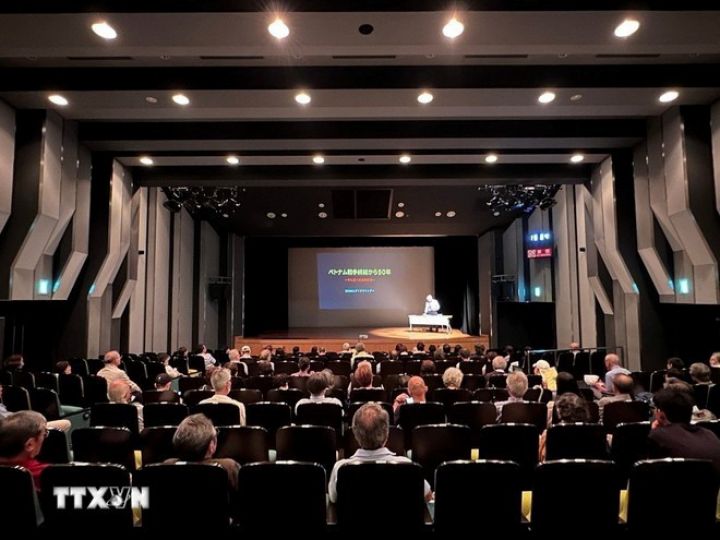

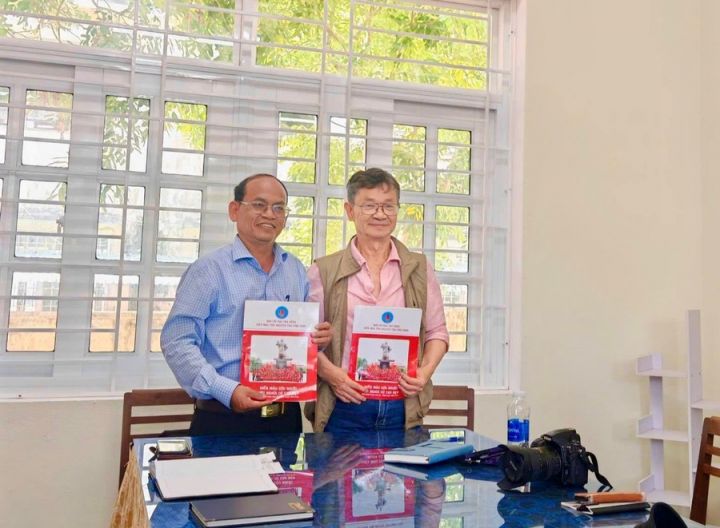
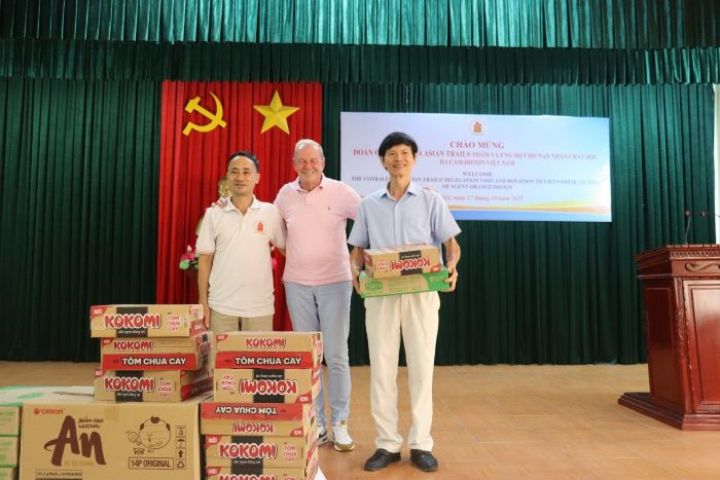
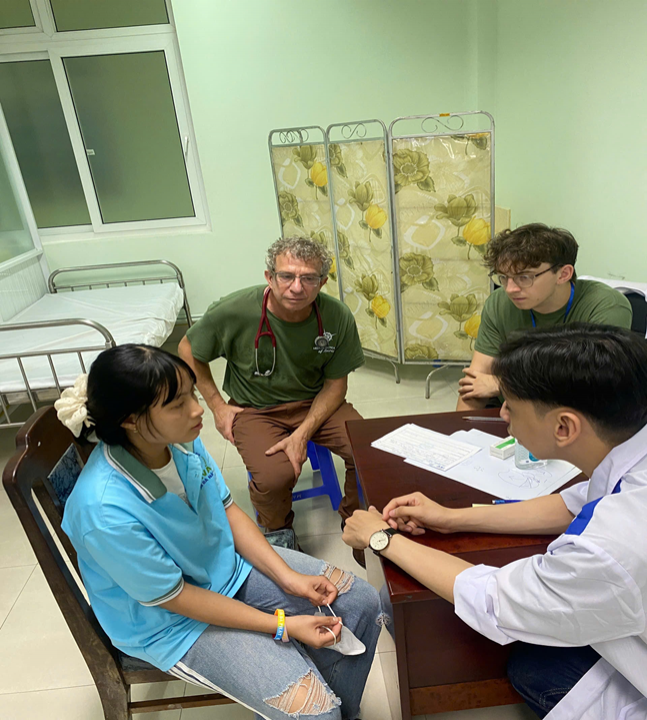











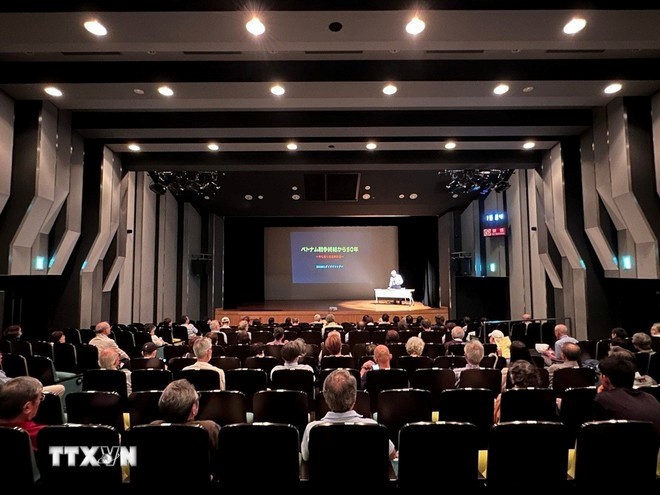
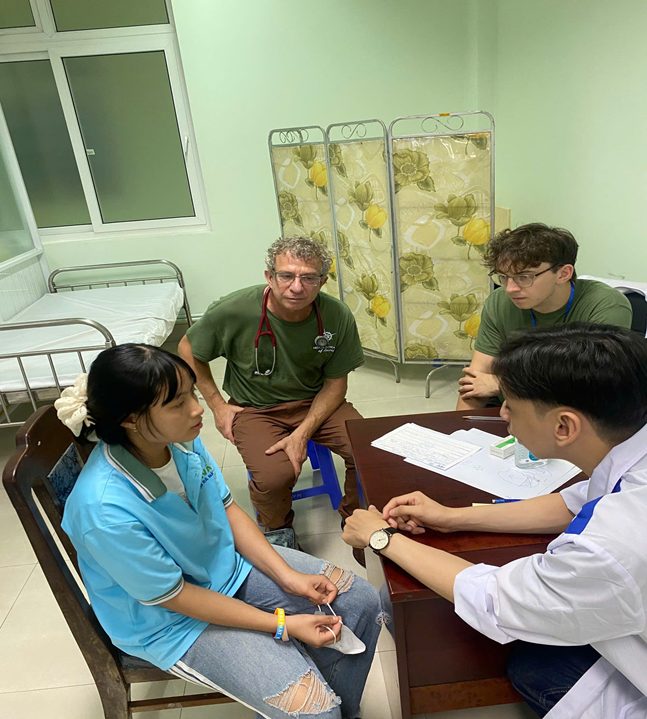
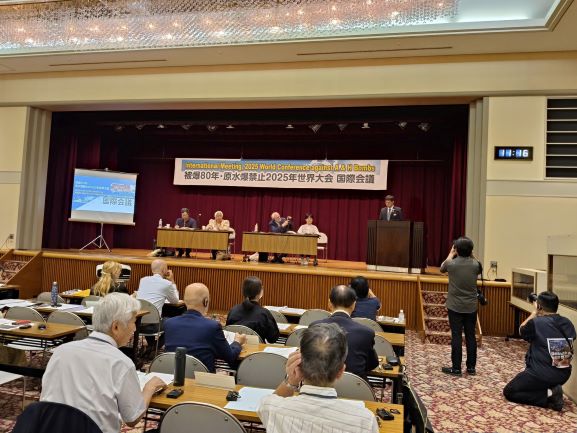
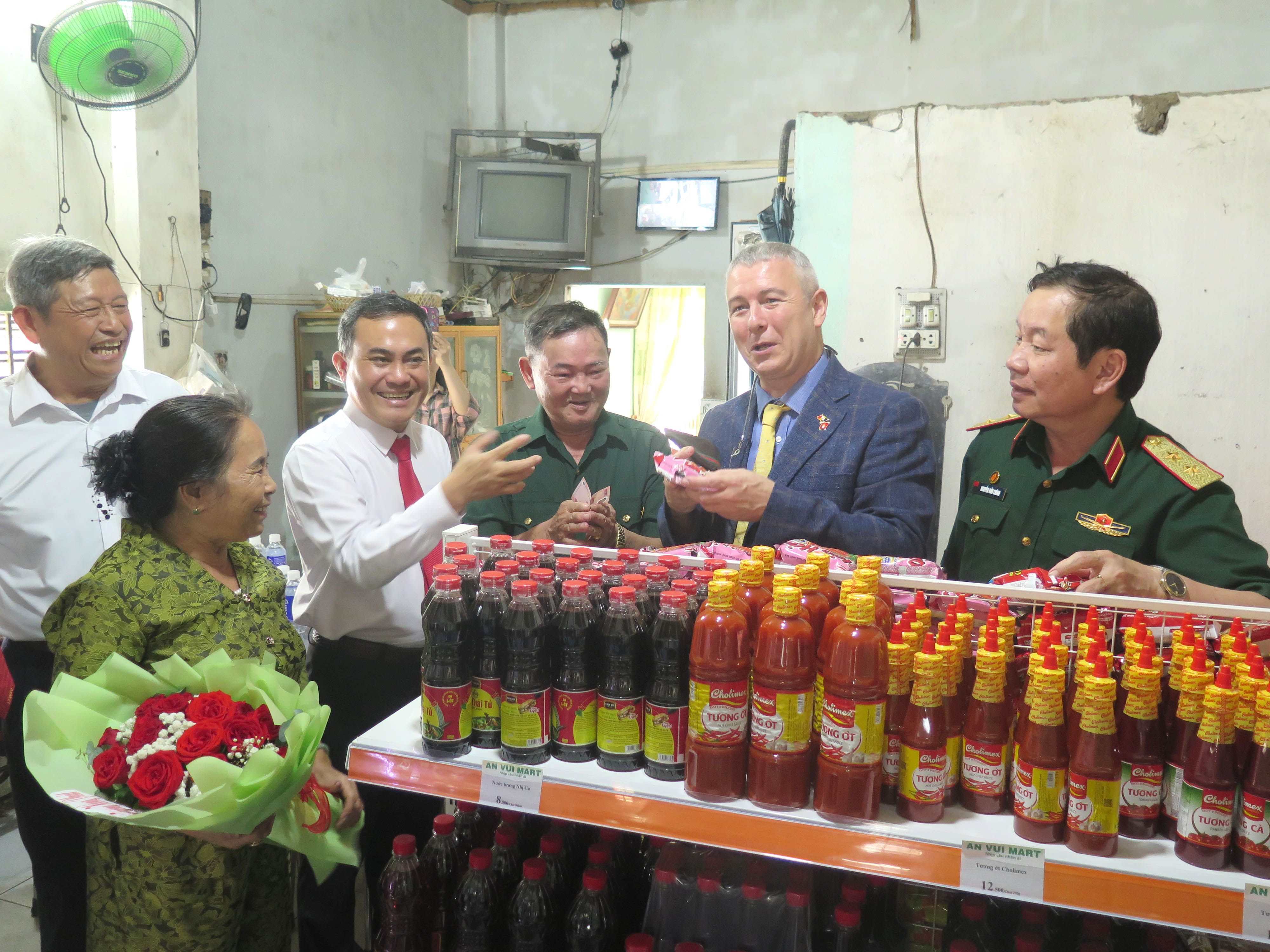
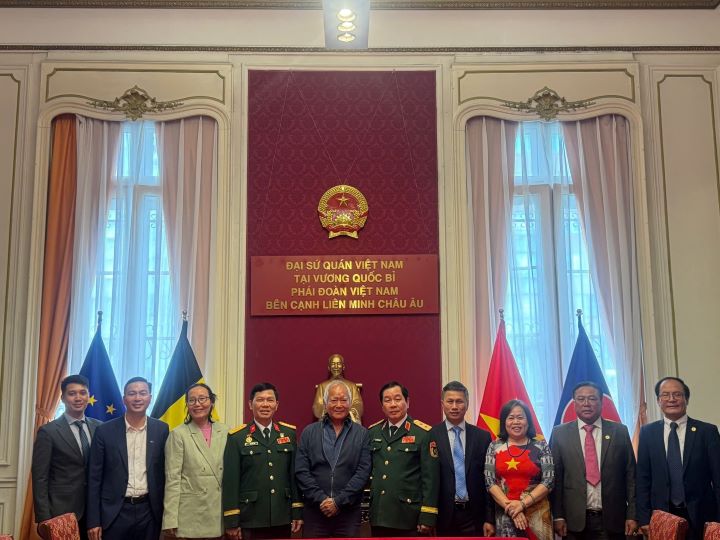
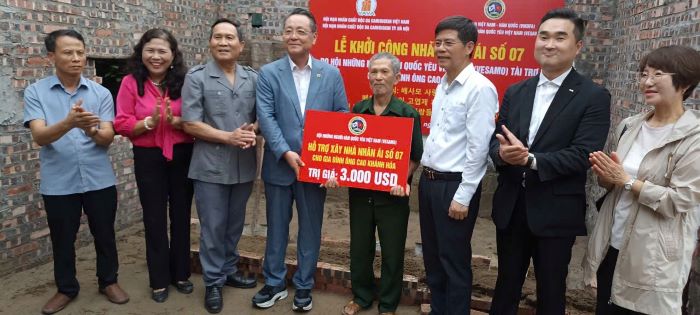
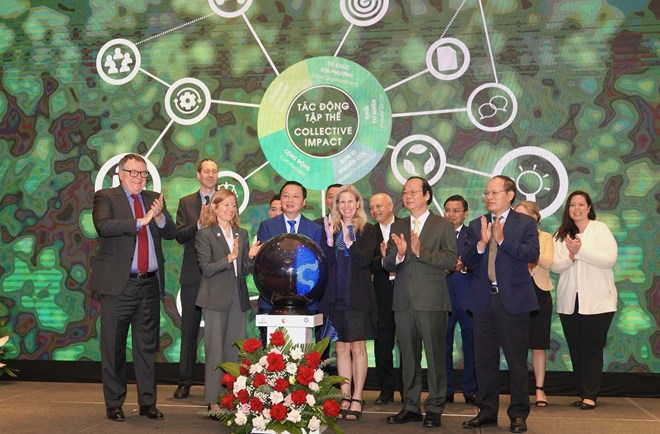

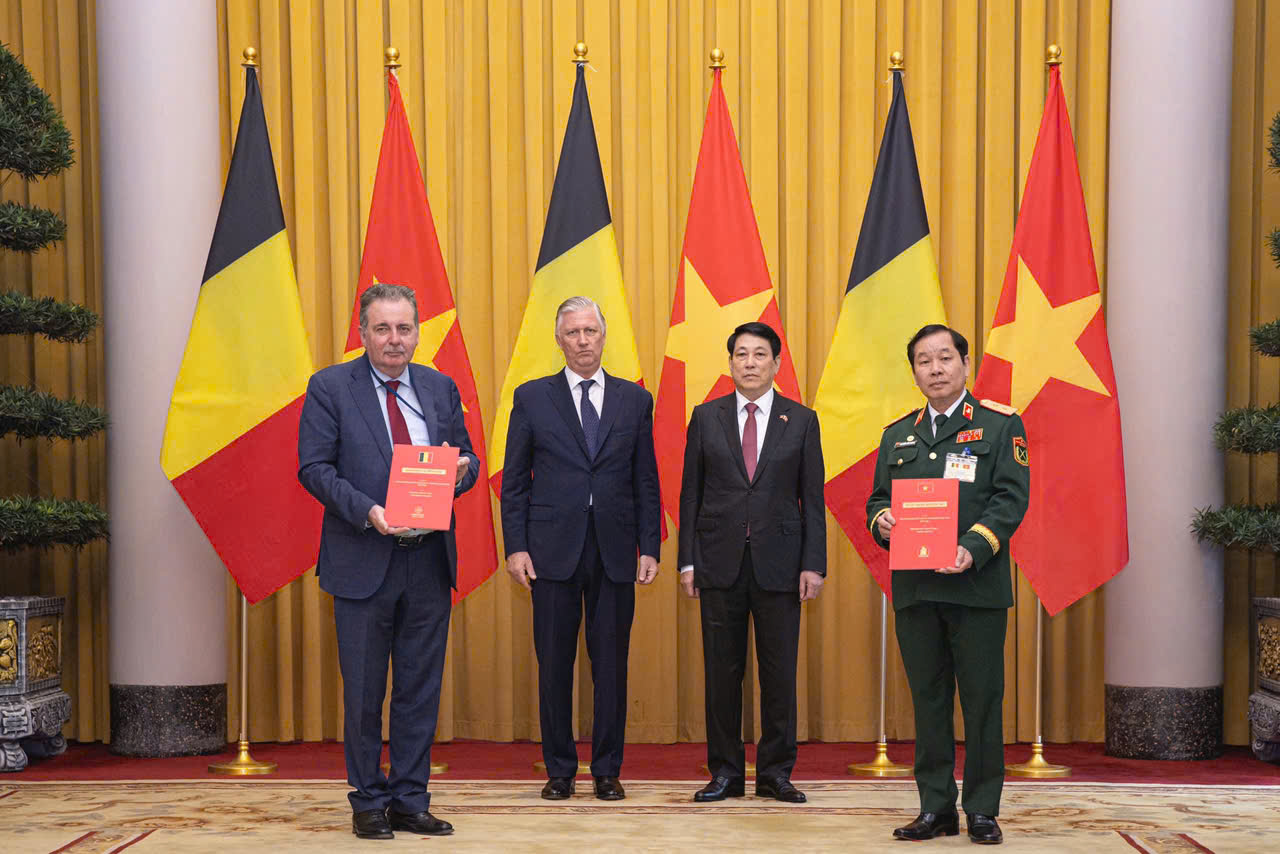


Comment